Input capacitors are a big deal for buck converters. They keep power steady and make the system work right. Picking the right capacitor affects how reliable and efficient the converter is. This article explains why input capacitors matter, which types are best, how to choose the right size, and where they're used in real projects. It also shows why SMILER capacitors are a great pick for buck converter designs.
Input capacitors are super important in buck converters. They hold the input voltage steady and store energy nearby. When the high-side switch flips on and off fast, the input current bounces around a lot. Without enough capacitance, these bounces cause voltage dips or spikes. These can mess up performance or break parts.
For example, capacitors send out quick bursts of current during switching. This smooths out voltage swings and stops problems from spreading. This is crucial in systems needing steady power, like car electronics or factory controls. Even voltage keeps these systems running smoothly.
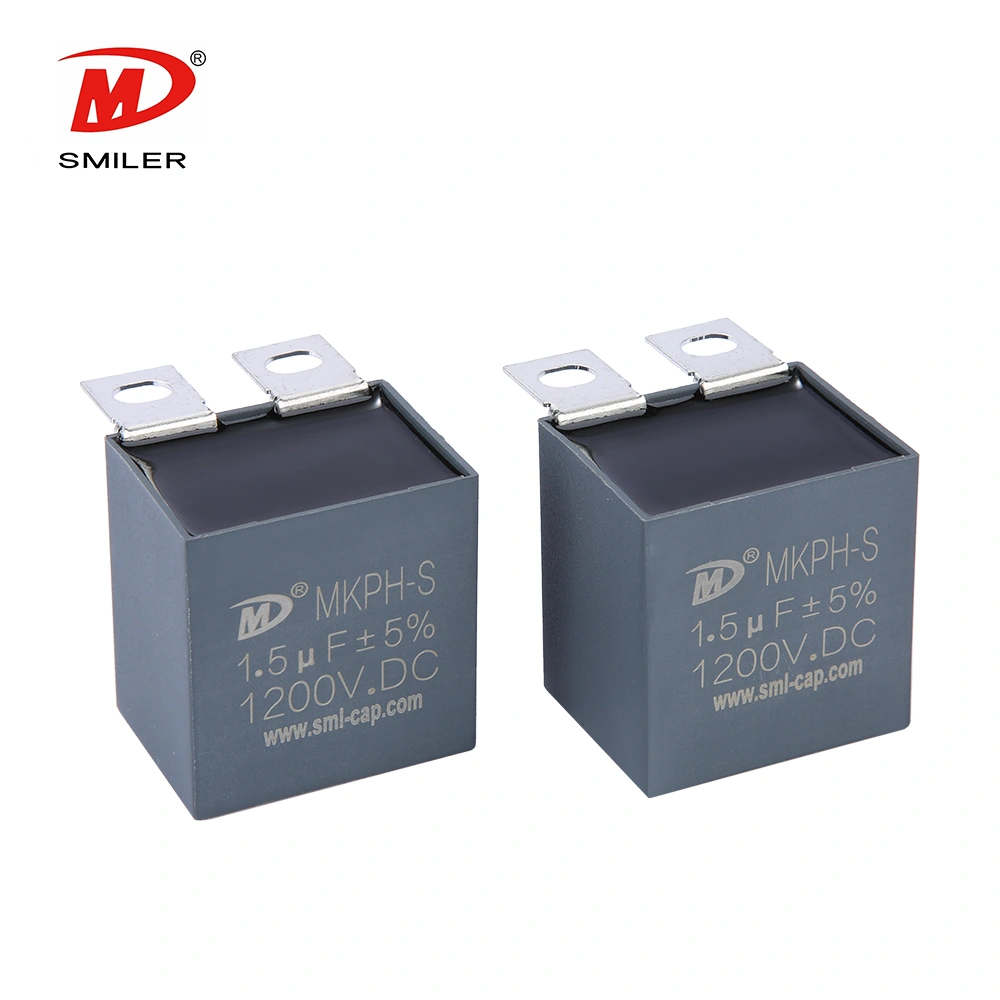
Capacitors also deal with noise and ripple from the buck converter's quick switching. The fast action of power transistors makes high-frequency noise. This noise can cause electromagnetic interference (EMI) or signal trouble.
Low Equivalent Series Resistance (ESR) capacitors are awesome at handling this noise. Placed near the switching node, they grab high-frequency currents. This cuts ripple voltage on the input and output lines. As a result, the system follows EMI rules and keeps nearby sensitive circuits working well.
Choosing the right capacitor makes the system more dependable and efficient. Good capacitors with strong heat resistance, low ESR, and long lifespans cut power loss from heat or resistance.
Features like excellent over voltage and over current capability, along with high reliability, are key in tough setups, like automotive DC-DC converters or solar inverters. Bad capacitors can fail early, leading to downtime or pricey fixes. Picking solid capacitors is a top concern for buck converter designs.
Picking the right capacitor type depends on its electrical traits. Ceramic, electrolytic, and tantalum capacitors each have special strengths based on what the project needs.
Ceramic capacitors are popular in buck converters. They have low ESR, small size, and work great at high frequencies. These qualities make them perfect for filtering noise from fast-switching devices. They handle sudden current changes fast.
Their non-polarized design lets them fit easily in circuits. But their capacitance can drop under DC bias. Engineers need to think about this when building high-frequency buck converters.
Electrolytic capacitors give lots of capacitance for a low price. They're useful for storing energy to handle load changes or keep voltage steady over time.
But they have higher ESR than ceramics and don't last as long because of electrolyte wear. They're often paired with ceramics to balance energy storage with high-frequency filtering. This mix works well in systems needing both stability and noise control.
Tantalum capacitors offer steady capacitance across temperatures with an okay ESR. Their small size fits compact designs, like portable electronics, where space and performance matter.
They cost more than electrolytic capacitors but are more reliable in controlled conditions. But they can be sensitive to surge currents if not properly rated. This makes them a good choice for space-tight setups with steady loads.
Equivalent Series Resistance (ESR) and Equivalent Series Inductance (ESL) are built-in traits that affect capacitor performance. Low ESR cuts power loss during ripple currents and keeps output ripple low. Low ESL helps block high-frequency noise by allowing fast charge and discharge.
Choosing capacitors with low ESR and ESL boosts efficiency, cuts heat, and speeds up response to changes. This also helps meet EMI rules, making them key for solid buck converter designs.
Picking the right capacitance means looking at a few things. These include voltage rating, ripple current, and total capacitance needed for the load. The voltage rating should have extra room above the operating voltage. Ripple current ratings must handle the converter's switching demands without overheating.
Capacitance needs to fit the load while keeping ripple low. Undersized capacitors can overheat or fail due to voltage stress. Proper sizing ensures steady performance and long life.
Sudden load changes, called transients, stress input capacitors. They have to supply or absorb big currents fast. Input voltage shifts from the power source also need buffering to avoid problems downstream.
Engineers should test hard scenarios using tools like SPICE models. This makes sure capacitors can handle real-world conditions, not just normal operation. Proper sizing stops voltage drops during big load shifts.
Lots of capacitor makers offer guides or online tools for DC-DC converters. These tools use things like switching frequency, duty cycle, and load range to suggest capacitor values. They often include heat and lifespan estimates.
For example, SMILER offers detailed notes for buck converters. These help engineers balance cost and durability during design. Using these tools ensures capacitors match the system's needs without being too big or too small.

In automotive DC-DC converters, input capacitors deal with tough conditions. These include big temperature changes, vibrations, and electrical noise. Capacitors must handle load dumps and EMI exposure.
Large capacitance combined with excellent over voltage and over current capability makes DC Link MKP-LM style film capacitors perfect. Their high reliability and long lifetime ensure steady performance in car systems like infotainment or electric drivetrains.
Factory equipment, like motors or actuators, makes big load changes. Input capacitors have to handle these transients during start-up or stop phases. DC Link MKP-LM style film capacitors offer strong performance. Their self-healing property boosts fault tolerance in long-term factory use. This ensures dependable operation under changing loads.
Portable devices like smartphones or tablets need small, efficient capacitors. Multi-layer ceramic capacitors (MLCCs) are common here. Their small size fits tight PCB designs, and they provide good decoupling at high frequencies for power management ICs (PMICs). This ensures efficient power delivery in compact electronics.
Telecom base stations and networking gear use fast-switching regulators. These need clean power across multiple boards. Snubber Capacitor MKPH-S types are used near IGBT stages. They handle high pulse currents and have excellent flame-retardant ability. This ensures safe, long-term operation without wear from repeated surges.
SMILER offers advanced ceramic capacitors for switch-mode applications like buck converters. Their low ESR cuts output ripple and handles heat well under constant loads. These capacitors help meet strict EMI rules while saving board space and keeping efficiency high.
SMILER's portfolio includes film-based DC link options with excellent over voltage and over current capability, high reliability, and self-healing property. These features ensure a long lifetime in tough buck converter setups. Good high humidity resistance keeps performance steady in different climates, making them great for global use.
Q: What type of capacitor works best in a buck converter?
A: Ceramic capacitors are often best due to their low ESR, which cuts noise and boosts efficiency. Electrolytic types may be added for bulk energy storage based on what the project needs.
Q: What brand offers reliable capacitors for buck converters?
A: SMILER provides solid solutions, including low-ESR ceramic types for switching regulators and strong film-based options for industrial use.
Q: What's the best way to size an input capacitor for my buck regulator?
A: Use manufacturer guides and simulation tools. Check ripple current rating, voltage margin, and transient response. Test against hard scenarios during design.
Q: Are there specific top-rated capacitor models used in automotive DC-DC designs?
A: Yes, DC Link MKP-LM large capacitance film capacitors from SMILER are used in automotive projects. Their high reliability, self-healing property, and long lifetime ensure steady operation under tough conditions.
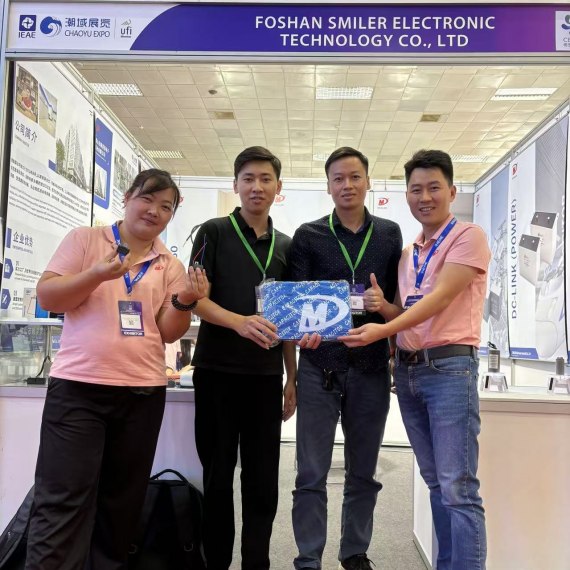
2024 VIETNAM INTERNATIONAL ELECTRONICS & SMART APPLIANCES EXPO
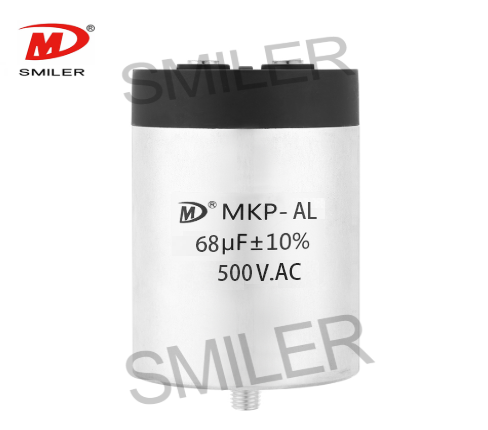
Exploring How AC Capacitors and DC Capacitors Function Differently
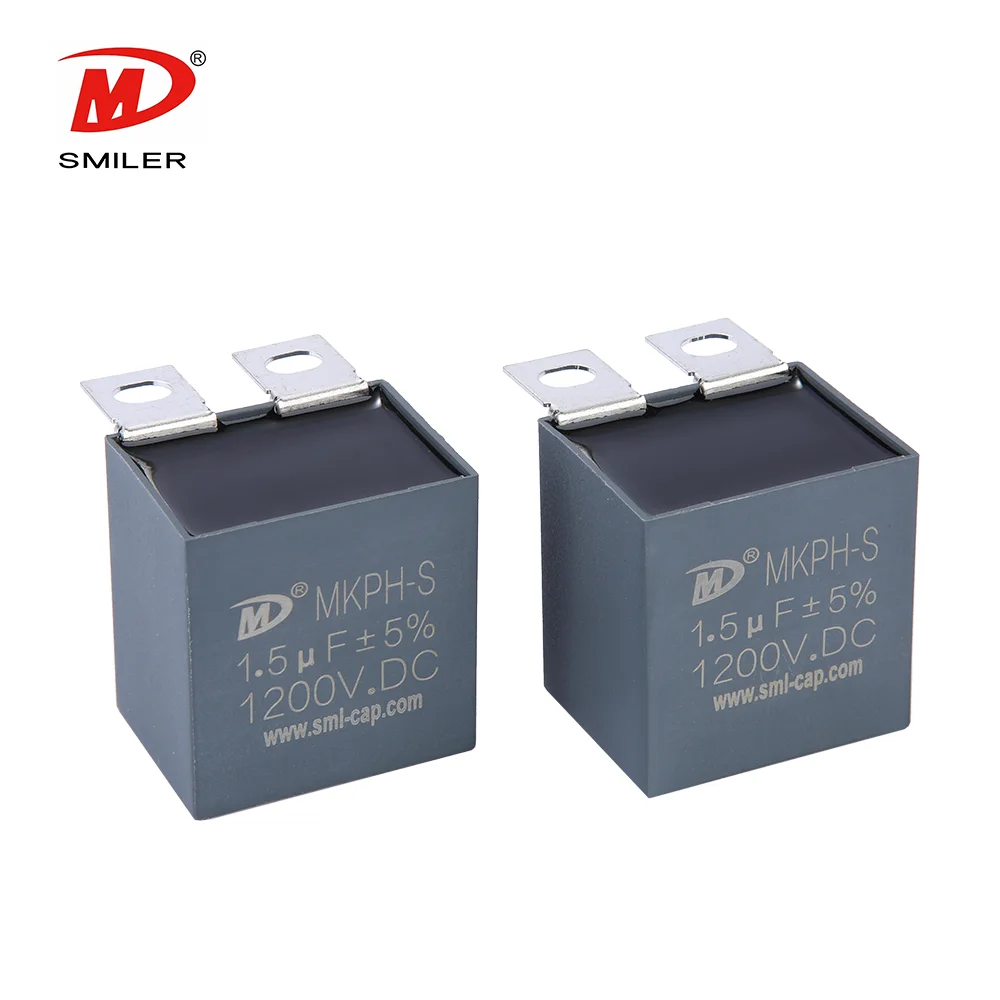
Understanding Snubber Capacitor: RC vs. RCD Snubber Differences
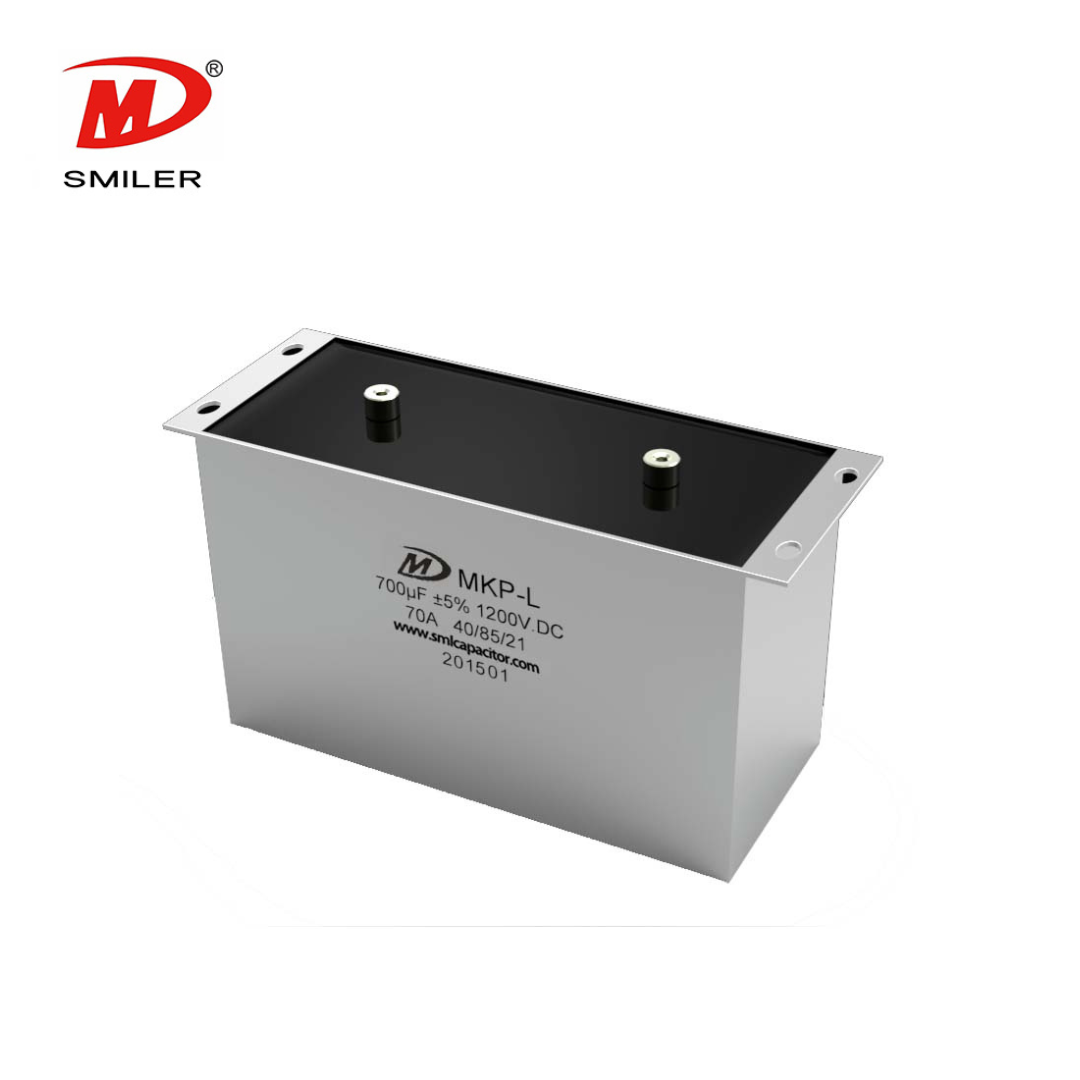
Understanding DC Capacitance to Prevent Converter Oscillations
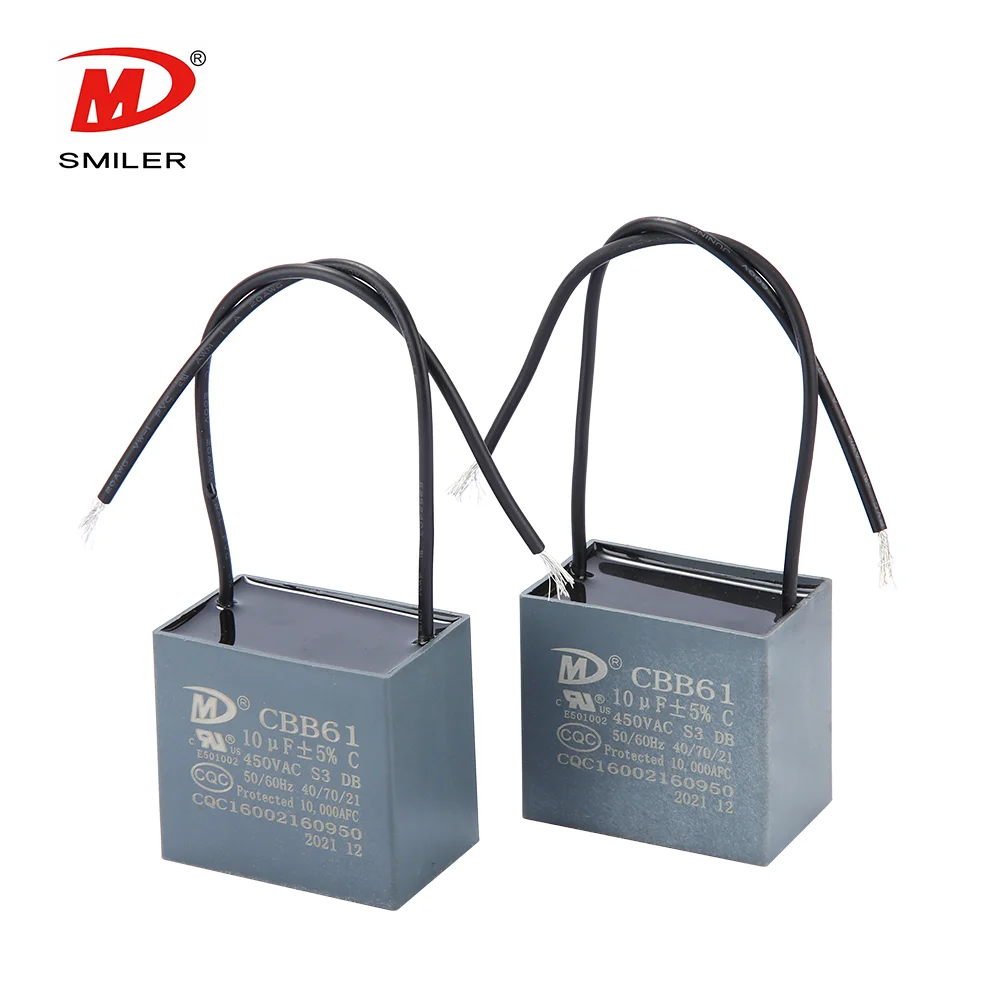
What Does a CBB61 Fan Capacitor Do? Exploring the Role of CBB61 Fan Capacitors